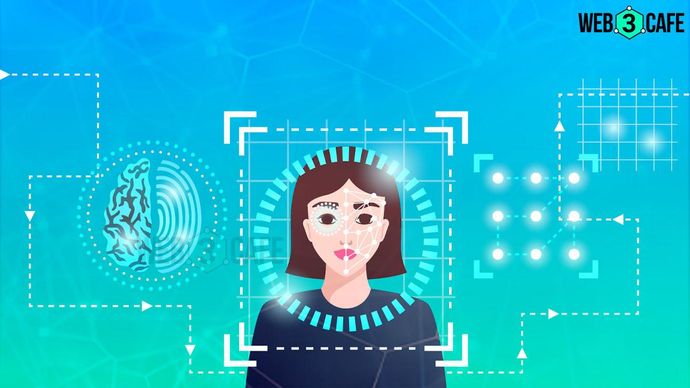When AI was wrong: US woman sues police as AI facial recognition shows her as a criminal
Pregnant US woman wrongly arrested by using AI facial recognition.

Highlights
- Pregnant woman in US wrongfully arrested
- The woman was charged in court & released on a $100,000 personal bond
A 32-year-old pregnant woman named Porcha Woodruff from the USA was arrested outside her home on suspicion of robbery and carjacking. The arrest was based on facial recognition software used by the Detroit police. After 11 hours in custody, she was charged in court and released on a $100,000 (approximately Rs 82 lakh) personal bond. However, AI had made a mistake.
Woodruff recalled experiencing physical discomfort during her time in custody, including contractions, sharp pains, and spasms. She went to the hospital after her release and was diagnosed with dehydration. After a month, the case was dismissed.
Woodruff files wrongful arrest lawsuit against Detroit police
Six months later, Woodruff filed a wrongful arrest lawsuit against the Detroit police. This incident is not the first time that AI technology has led to false arrests. Woodruff's case is the sixth instance of a black person being wrongfully arrested due to facial recognition technology.
The Detroit police are currently facing three lawsuits related to wrongful arrests caused by this technology. Woodruff's case is notable as the first involving a woman.
AI has its flaws
The flawed nature of AI technology raises concerns about the reliability of police investigations. Phil Mayor, a senior attorney at the American Civil Liberties Union of Michigan, criticised the use of unreliable technology in criminal cases. He pointed out that police assurances of thorough investigations often fall short in these situations.
Detroit police chief James E White said, “The allegations contained in the lawsuit are deeply concerning and the department is taking this matter very seriously.”
According to a city document, the police department uses DataWorks Plus, a facial recognition system. This technology compares unknown faces with a database of criminal mugshots, generating potential matches ranked by resemblance probability. A human analyst makes the final decision to identify possible suspects.
